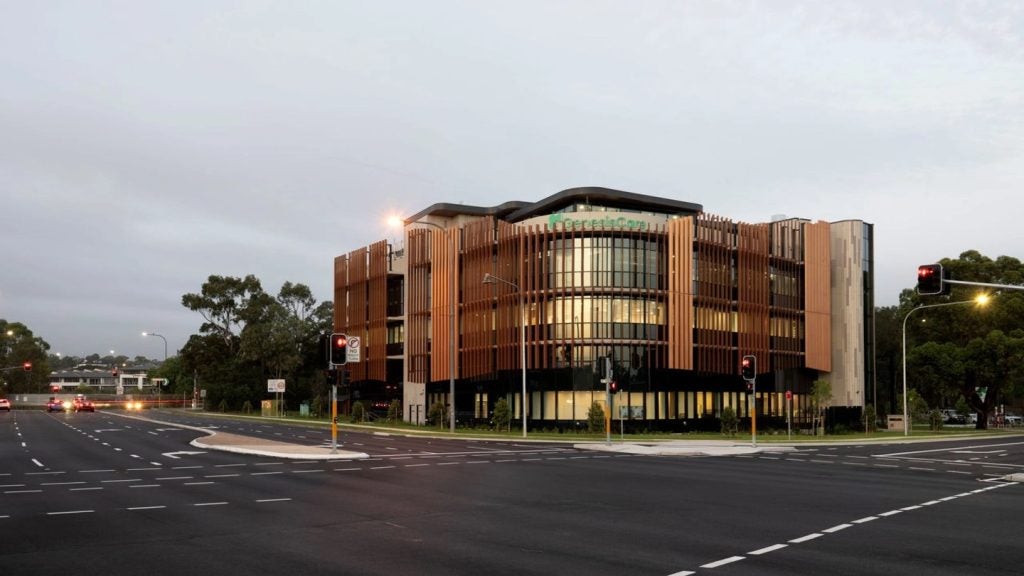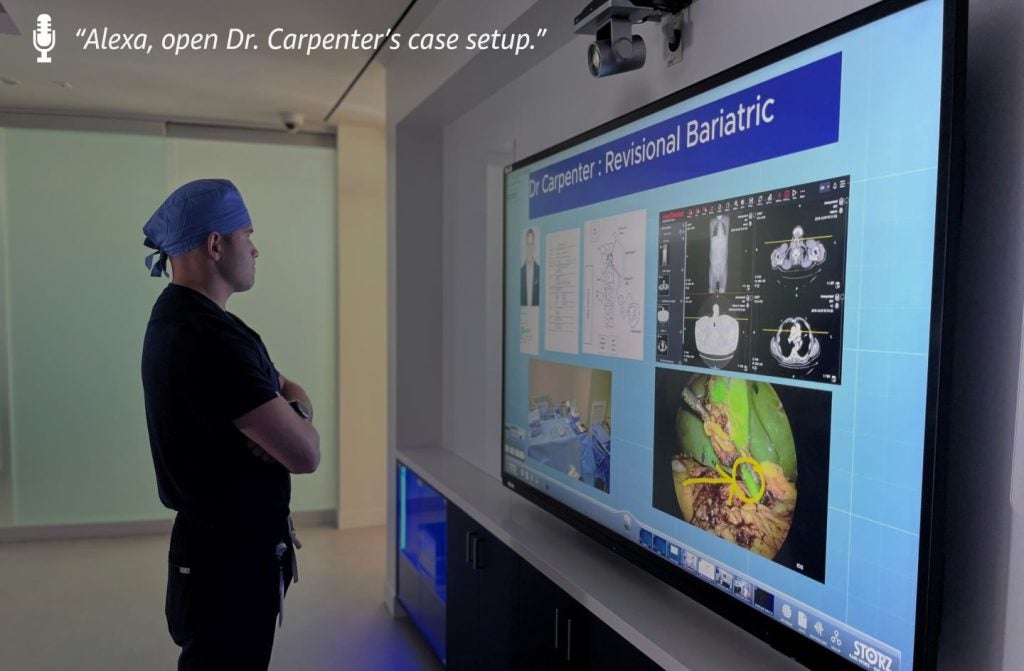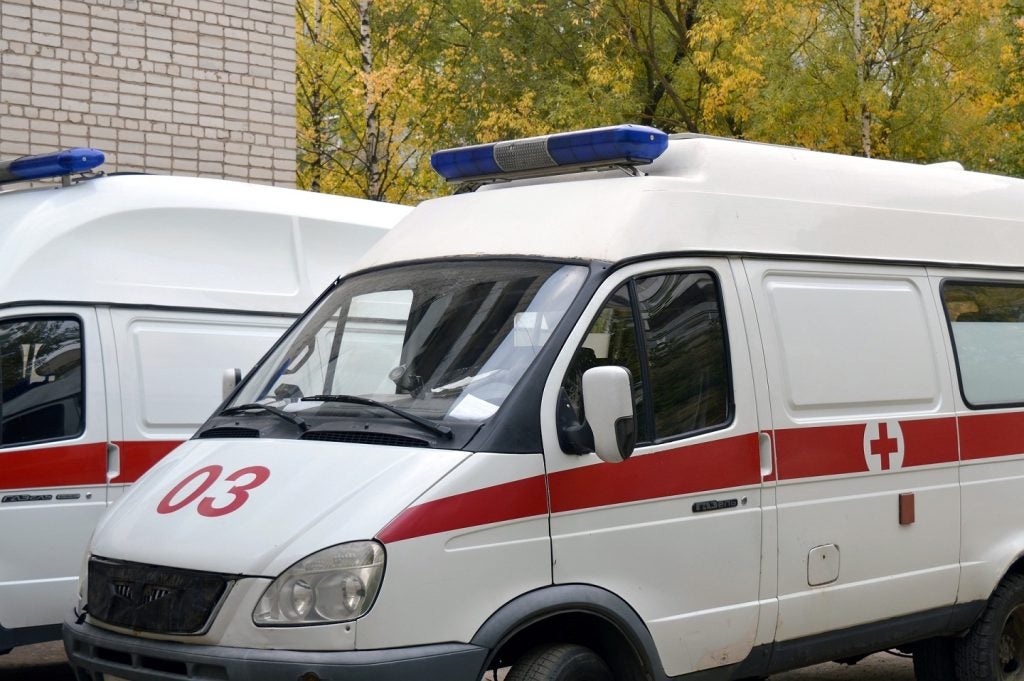Hospitals generate millions of medical images such as radiographs or CT slices every year. In the past all of these images were stored as hard copy films in folders requiring extensive storage space and a staff of clerks for administration. With current technology and fully integrated digital imaging equipment these images can be stored electronically, which takes up far less space, and retrieved over the network without the need for human intervention.
A picture archiving and communication system (PACS) expands on the possibilities of conventional systems by enabling images to be accessed from computers at any time and from any physical location in or even outside the hospital. With continually decreasing technology costs, PACS also provides a financial advantage over film archives. PACSs are now offered by virtually all major medical imaging equipment manufacturers, medical IT companies and independent software companies.
The impressive technological requirements risk drawing attention away from the more subtle but fundamentally important consideration that a PACS cannot be operated as an entity separate from other hospital information systems.
THE IT PERSPECTIVE
Erwin Bellon, responsible for multimedia and telematics at Leuven University Hospital, Belgium, discusses what he believes to be essential in the implementation of a PACS. “What we consider important is that we don’t look at a PACS as an isolated system,” he says. “There are two important aspects for deciding which integration is needed: overall organisation and technological infrastructure.”
See Also:
It may help to break a PACS down into three layers. The central layer incorporates the specific know-how from the PACS vendor: how to navigate through the hundreds of slices that make up a CT examination, or tricks to load images quickly. The bottom layer incorporates technology that is particularly important for images, such as storage, but which is generic: the bytes of an image are no different from those of a text. The top layer in the figure is about management and organisation of information, letting the user know what exams are available in the system or which ones need attention.
How well do you really know your competitors?
Access the most comprehensive Company Profiles on the market, powered by GlobalData. Save hours of research. Gain competitive edge.

Thank you!
Your download email will arrive shortly
Not ready to buy yet? Download a free sample
We are confident about the unique quality of our Company Profiles. However, we want you to make the most beneficial decision for your business, so we offer a free sample that you can download by submitting the below form
By GlobalDataThe traditional approach to integration is setting up the different systems in their own right but allowing them to exchange information. In contrast, at Leuven University Hospital, all infrastructural needs are pooled in a single layer and all management layers are replaced by the existing management layer of the overall medical information system.
POOLING INFRASTRUCTURE NEEDS
When talking about a PACS and technology infrastructure, the issue of storage immediately comes to mind, as the images of a radiological exam involve thousands of times more bytes than traditional textual reports. In cardiology it is not unusual to have exams with moving images of the beating heart that barely fit on a CD.
“We need an awful lot of storage space,” says Bellon. “Contrary to what people might believe, however, this is not mainly for the PACS, even if it is a very storage-hungry application. The databases that contain all other data of the medical record may only require a tenth of the space of the images, but these databases are so critical that multiple back-ups are made.
“Then there are always other systems that take up space, such as for storing various biomedical signals, such as ECG or EEG, and there is also the normal office data that any company produces. We consider it important to pool all these requirements for storage and to have one big storage system. Storage already takes up a substantial part of the IT budget, and demands for storage will continue to increase. Pooling the storage needs of the different applications enables better control of the associated costs and the ability to reduce them considerably.”
This is not only about the economies of scale in the hardware itself. Much of the cost is in the maintenance of such systems and in the knowledge of how to set them up. A big system does not require substantially more manpower than a small one, so reducing the number of systems substantially reduces maintenance costs.
“We go far in this technology consolidation, and will rarely bring any medical information system into our hospital that is not willing to connect to the central storage system,” says Bellon. “A PACS vendor must not only excel in the image-specific technology, but also be flexible enough to integrate the system into our technology infrastructure.”
CONSEQUENCES OF STORAGE CONSOLIDATION
For the central storage system, the hospital can afford advanced principles that would be difficult to provide in each smaller system. “Management of hospital-wide imaging operations also becomes easier,” says Bellon. “It is difficult to predict how much storage we will need next year for any specific application, but by considering all applications together the uncertainties level out.”
More importantly, this consolidation approach also radically changed the deployment of the Leuven PACS. Typically, with PACS archives you use hierarchical storage: recent images are on fast but expensive magnetic disks while images that have not been used for a while are available on less expensive but slow devices such as a tape robot. If images are needed from the slower storage, clinicians have to wait unless the system has successfully predicted that these images may be needed and preloaded them to fast storage overnight.
“The prediction required makes the system more vulnerable, and this means that we need more human intelligence,” says Bellon. “Technology gets cheaper while human intelligence gets more costly by the year. In that respect, disks are easier for us, and we decided to use only magnetic disks.
“If you have a global strategy for central storage and a sufficiently large system, you can extend the system gradually and surf the waves of technology innovation and price drops,” says Bellon. “Overall we prefer to have a system that is conceptually elegant, albeit by using brute force from the technology side. This enables us to operate the system with the minimum of maintenance and human intelligence. In addition, our medical users can retrieve images acquired five years ago at the same speed as those generated today.
“This would not be possible if PACS was considered a separate system or was under separate management, as in organisations in which the radiology department manages the PACS instead of concentrating on how to improve its services using that system while leaving implementation to IT.”
INTEGRATING PACS INTO OVERALL WORKFLOW
Integration at the upper level, the organisational level, is less obvious than at the infrastructure level. “People tend to view the patient record just as a kind of repository, a relatively static archive where there are reports (and images) from the past,” says Bellon. “But to us it is also the medical workflow system of the hospital. The patient record incorporates the functionality for making requests electronically, or for presenting numerous taskspecific work lists, or to signal which urgent laboratory results may deserve attention.”
Part of the system is about automation: whenever an appointment is made for an exam on a patient, the system behind the scenes automatically launches a number of separate appointments, such as for patient transport. Most of the system is about facilitating multidisciplinary medical cooperation between many experts. In Leuven University Hospital both aspects are exploited, because this hospital is centrally managed and therefore can optimise the way different departments cooperate, instead of focusing on improvements within each separate department.
Images are just one type of information in this process. At this level they are not even a particularly special item. “I don’t want the PACS to enforce a separate workflow, information access principles or policies just for images,” says Bellon.
“Generally, if you buy any specialised information system from a third party, they have a tendency to also deliver the parts for organisation and workflow related to that information, because for them that is the easiest way to deliver a working system.”
“But if I want to buy speech recognition technology to improve ergonomics or efficiency for reporting, I do not want a new reporting system alongside that. Similarly, I want our commercial partner in PACS to supply the technology for accessing images from any location, but I want that technology to be integratable into our existing organisation instead of competing with it.”
CONSEQUENCES OF INTEGRATING PACS
According to Bellon, a fundamental flaw in the idea of giving each system its own management layer, is that this assumes that the medical user is at any moment working with one specific system. This assumption simply does not hold in an organisation in which IT is deployed to its potential.
“For most actions information from different systems is needed,” he points out. “Our radiologists, for example, work in the complete patient record when generating their reports and often relate their findings to results of other investigations. In a completely digital environment there is no strict separation between such acts as approving a report and approving medication, billing, or attesting that a specific exam was the most suitable.”
It is well-known that a PACS needs interfaces to the hospital information system (HIS) or radiology information system (RIS) to ensure, for example, that images can be associated with the correct patient record. “We take this a step further and in the user interface also control the PACS viewer, as well as many other actions related to images, completely from the EPR,” says Bellon.
This way of providing in integrated view on all kinds of information is not only more functional but ultimately easier from the technical side than if all such data were transmitted to the separate systems, which still is the most common approach.
Furthermore, says Bellon, “we are very strict about who is allowed access to which images, as with all other information. By concentrating image selection mechanisms in the overall EPR, we get this protection of the images for free. Likewise, all kinds of organisational principles in the overall system, such as work lists adapted to different situations, automatically also become available for images.”
LIMITATIONS TO THIS APPROACH
Motivation for integrating the management layers is to achieve one integrated management and workflow system over all departments and systems. The motivation for integrating the infrastructural layers is to exploit economies of scale and increase flexibility.
“This works because these layers are not exclusive to images,” says Bellon. “However, these layers, especially the workflow layer, incorporate the emphasis and strategy of our specific organisation. It therefore makes sense for us to take these into our own hands. The central layer, which is PACS-specific, is not restricted to our way of working – across the world everyone looks at images in more or less the same way – so we as a hospital cannot make a difference here, but the manufacturer can reuse know-how, which is the reason we buy those systems in the first place.”
Smaller hospitals may not want to take control of any layer, but even then it may be beneficial to at least think about the potential advantages of the integration principles discussed here and discuss them with commercial partners.
“One aspect is quite essential to our approach,” concludes Bellon. “We need integrated hospital management in order to implement integrated IT systems – if there is no central management vision, our approach to integration will not work.” A system such as the PACS can prove beneficial both in terms of storage and accessibility, but only if managers ensure full integration into the rest of a hospital is successful.







